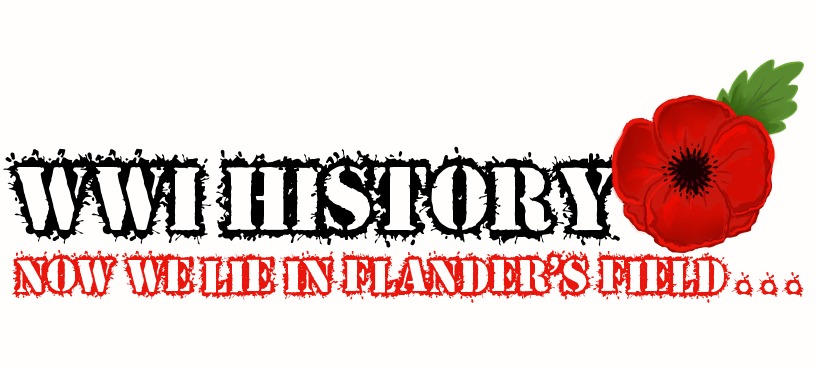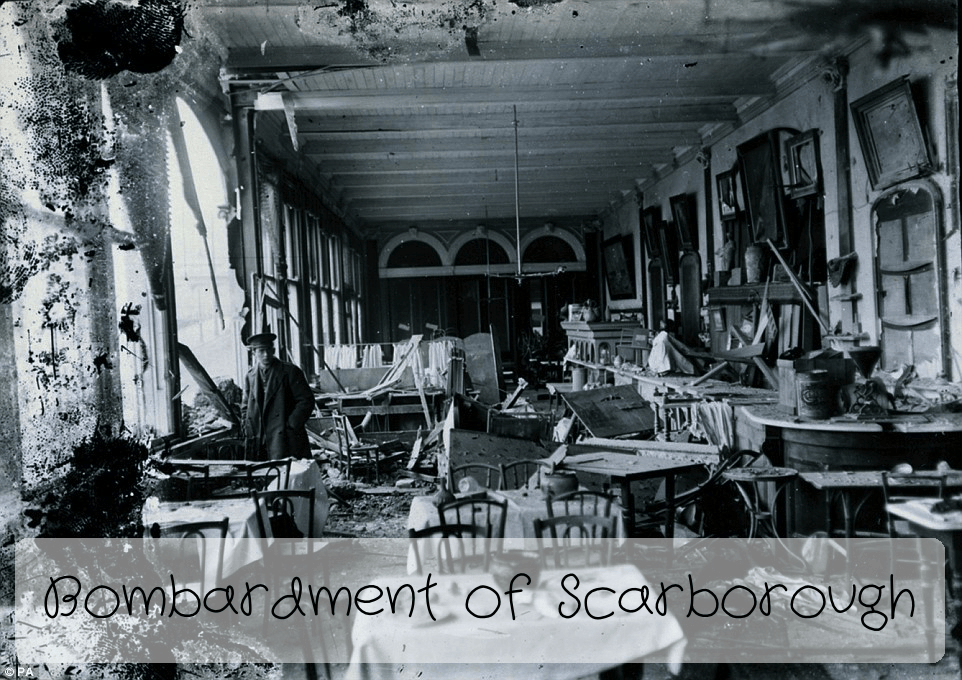
Bombardment of Scarborough
At about 8 in the morning on December 16, 1914, Admiral Franz von Hipper, commander of the First High Seas Fleet Scouting Group, “unleashed a bombardment on the North Sea English seaports of Hartlepool, West Hartlepool, Whitby, and Scarborough” (Source). This post will focus on the bombing of Scarborough. Scarborough was the most controversial of the bombings. Likely due to the amount of damage done to the town.
The bombardment itself lasted until about 9:30.
What did Germany plan to achieve by bombing a small British town? Well, they hoped to draw out sections of the British fleet, only to trap and destroy them..
Only thing was, Scarborough was an undefended town. Their harbor wasn’t suited for warships. Places to the north were, but not Scarborough. Germany thought they were, “making it a legitimate target under the rules agreed at the Hague Conference of 1907” (Source). Under these rules, Naval commanders could only bombard a town if they refused a ‘reasonable’ request for supplies (Source).
But here’s the thing: the British knew as of the 14th that Germans were preparing to leave port. Though their information did not suggest that the entire German fleet might be involved. See, the British had long since discovered a way of getting ahold of German Naval intelligence. Germans were in the habit of keeping their codebooks on their ships. Then, when a ship was sunk of captured, the British would snatch up these codebooks, and within hours, they had German codes decoded!
[Below: Damage to a holiday residence]

Thankfully, at the time of the attack, though Scarborough was undefended, the two coastal batteries (Heugh Battery & Lighthouse Battery) did respond to the attack. They fired off some 143 shells, damaging a total of three Germans ships. Additionally, the Royal Navy was given enough advance to dispatch a full fleet – six battleships, four battle cruisers, four heavy cruisers, six light cruisers, and eight submarines to intercept the Germans. However, this couldn’t even begin to compete with what the Germans came with – five battle cruisers along with light cruisers, destroyers, and, not to mention, the German High Seas Fleet. German Commander-in-chief Frederich Ingenochi commanded the whole thing.
“The speed of the ships increased, the smoke from their funnels turning from grey to black, a dense heavy cloud trailing in their wake. Nothing stood between the battleships and the pride of the Yorkshire coast” (Source). From there, the Germans sailed southeast along the coast, wanting to bomb the biggest landmark in South Bay, the Grand Hotel. Following this, they targeted the naval wireless station outside Falsgrave, though unsuccessfully.
People panicked, racing from their homes and fleeing Scarborough. At the railway station, they attempted tending to those who were injured. Helpless against the German onslaught, all anyone could really do was gather their belongings and try to save themselves.
The Royal Navy never was able to intercept the German fleet.
This was the first attack on British soil during the Great War. In response, “young men in their droves rushed to their local recruitment offices to ‘avenge’ Scarborough, Whitby, and Hartlepool” (Source). Eighteen people were killed.
[Below: Scarborough Grand Hotel]

